Many dog breeds out there today do not need tons of exercise. More and more breeds are being bred solely as companion animals, and typically this means having a lower activity level. If you don’t need your dog to run around and hunt, you don’t need them to be very active.
That said, over half of the dog breeds in the United States have a working background, which means that they require a significant amount of exercise. Most low-energy dogs are smaller toy dogs that have been bred as companions for at least a hundred years.
Of course, these dogs still need some exercise. They may need the occasional walk (in good weather) and a daily game of fetch.
1. Bichon Frise

This breed is one of the healthier toy dogs out there, making them a great pet for many families.
©Ollie Webb/Shutterstock.com
Bichon Frise are well-behaved house dogs that enjoy snuggling and playing the occasional game of fetch. Their exercise need is fairly low, as they only require a daily walk or active game in a small yard. They need to stretch their legs a bit, but that’s it.
These canines are also exceptionally friendly. They get along with everyone, though socialization is still recommended. Bichon Frise aren’t always the easiest dogs to train, but they aren’t incredibly independent, either.
The biggest behavioral issue with these dogs is barking, which is a problem with most smaller companion dogs.
2. Papillon
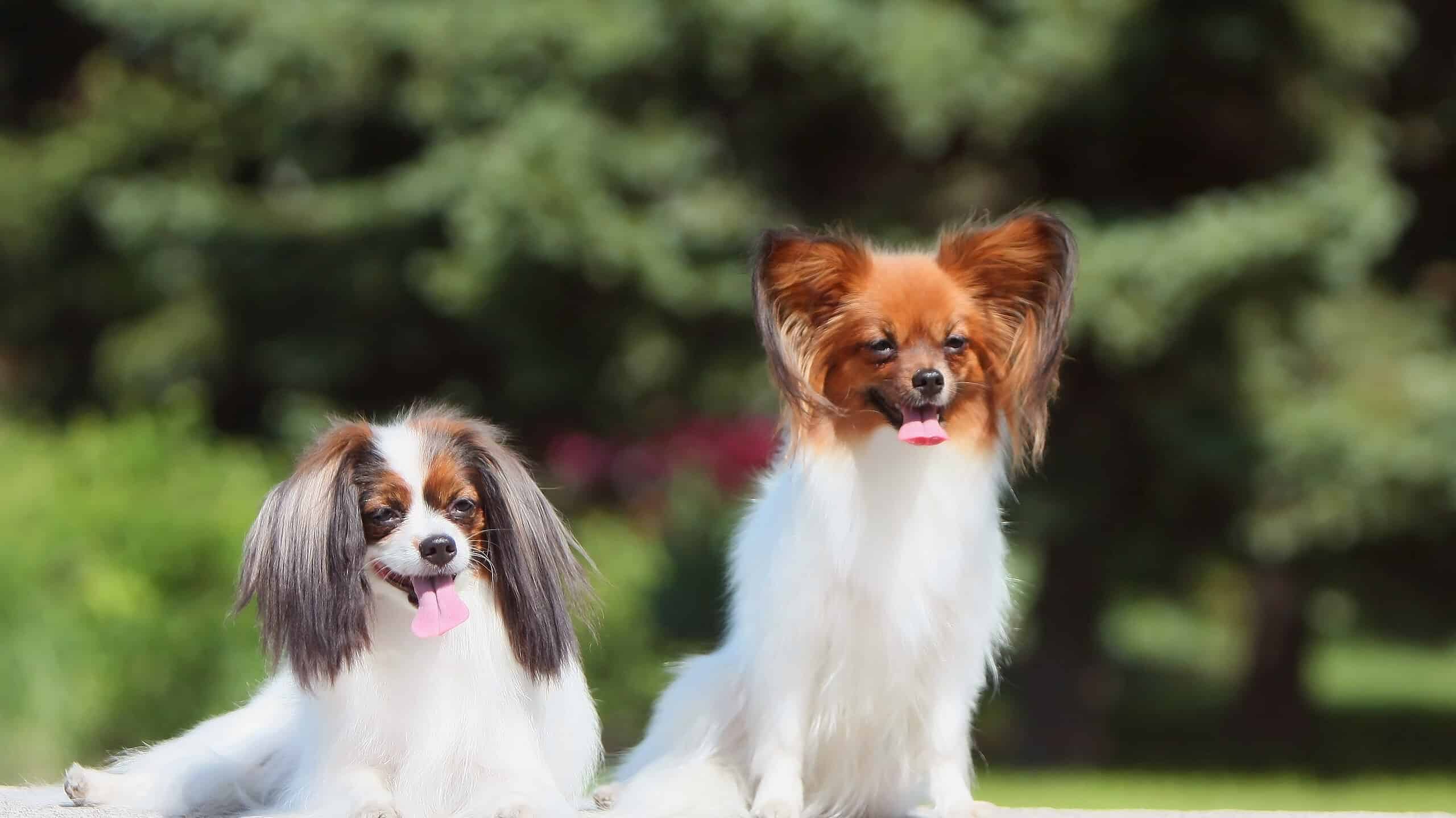
These exceptionally tiny dogs do well in apartments and other small spaces.
©iStock.com/Nadezhda Braninger
Papillions are easily among the smartest and most trainable tiny dogs out there. They’re spirited and more athletic than they look, but they only need minimal exercise. However, expect these dogs to be a bit more playful than others on this list.
This breed is very curious and has an active mind. They’re often considered “personality dogs,” meaning they’re full of personality. Papillions will lie around very little, as they always look for something to do with their mind. They aren’t necessarily the best bet if you just want a lapdog to cuddle.
Papillons are very quick to train, though regular training is still required. They can try to outsmart their owners, though. For instance, they may perform bad behaviors (like barking) so that they can get rewarded for stopping.
3. Pomeranian

These adorably fluffy dogs may require little exercise, but they’re still bundles of energy.
©SubertT/Shutterstock.com
Pomeranians technically need very little exercise. Their little legs make it easy to exercise them indoors or on short walks. That said, these dogs are not laid back. They’re very spirited and high-strung. They will follow you around the house, but they aren’t going to sit in your lap and cuddle for long.
When raised properly, these dogs are a delight to be around. They’re fun pets to own and can keep their owners entertained for hours. They’re also fine with other pets and love all people.
Of course, like any dog breed, they can have their problems. They are very independent and don’t take well to training. Puppy obedience classes are highly recommended.
4. French Bulldog
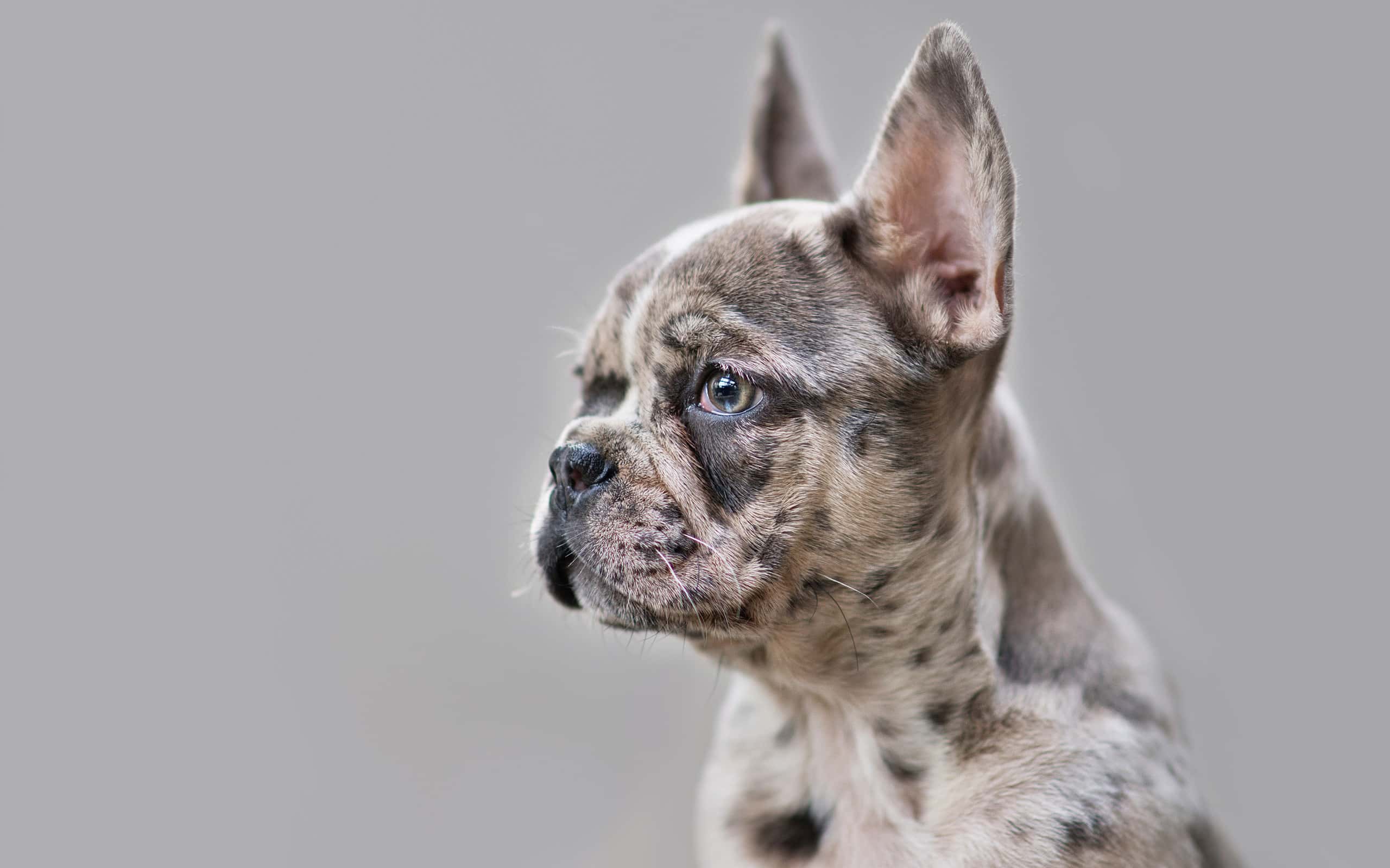
Despite being very popular, Frenchies aren’t a great choice for everyone.
©Firn/iStock via Getty Images
According to the AKC, French bulldogs recently became the most popular dog in the United States. Their surge in popularity can be attributed partially to their ability to adapt to apartment living and very low exercise needs. This breed is also very entertaining and affectionate, making them good pets for individuals and families alike.
However, this breed is prone to health problems due to their squished face. Many low-quality breeders and puppy mills have also jumped on their popularity, producing dogs solely for profit (that often aren’t very healthy or stable).
5. Dachshund
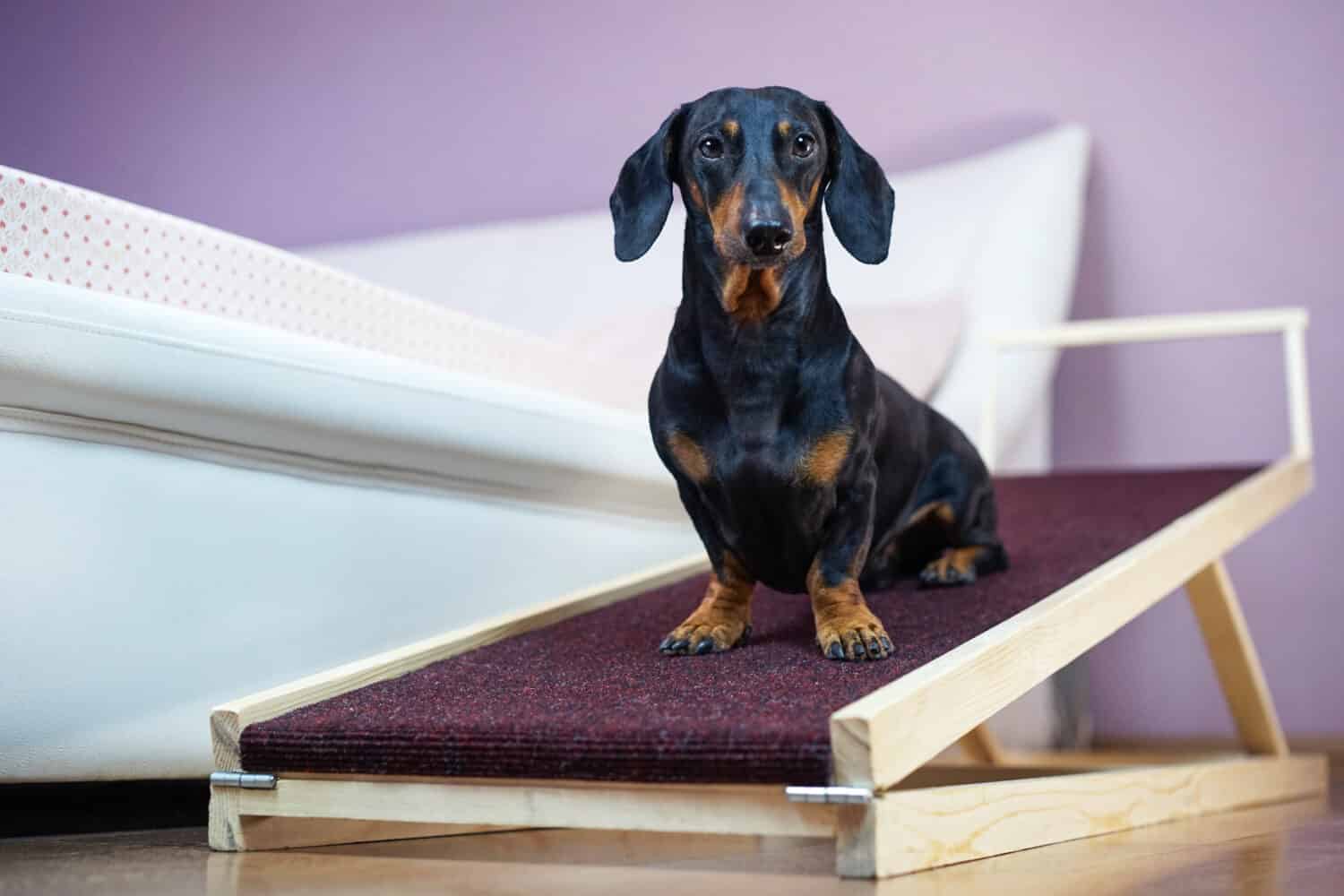
Due to their long back, ramps are highly recommended for this breed.
©Masarik/Shutterstock.com
Dachshunds come in three coat types, a dozen colors, and three sizes. Simply put, there is a dachshund for just about everyone.
These dogs don’t need much exercise, and their shorter legs mean they can get their exercise done in a smaller space. They also shouldn’t overexercise, as this may put extra strain on their spine and joints, causing health issues. They do love to play games with their owners, but you should prevent them from jumping when possible.
These dogs do best when kept in homes by themselves or with only other dachshunds.
6. Yorkshire Terrier

Yorkies are often cut short when kept as pets to prevent matting and lower grooming requirements.
©Shllabadibum Bubidibam/Shutterstock.com
A Yorkshire Terrier is an interesting combination of a toy dog and a terrier. They’re very small and people-oriented, making them great for those who are just looking for a pet. However, they are not a lapdog that will spend much of their day sleeping.
Yes, some Yorkies are extremely cuddly and want to sit in your lap constantly. However, most will let their terrier blood show through, too, which means lots of chasing, barking, and running around. They may be small, but they’ll spend a lot of time running around your living room.
That said, they don’t require much exercise due to their very small legs. They can meet their needs by running around your living room. Walks are optional.
7. Toy Poodle

These small Poodles have a very similar temperament to larger Poodles, but their smaller size makes them a bit easier to handle.
©dezy/Shutterstock.com
Toy Poodles are tiny athletes. They can hold their own in competitions like agility and advanced obedience. They’re also one of the most trainable and intelligent breeds. They have a sharp mind and will quickly catch onto training. Plus, they’re bred for obedience, and it often shows.
They do require some daily exercise, but their smaller size makes it easier to meet this need. A brisk daily walk is often plenty. They also love playing games and running around in the yard. You can even train them to be off-leash.
8. English Bulldog
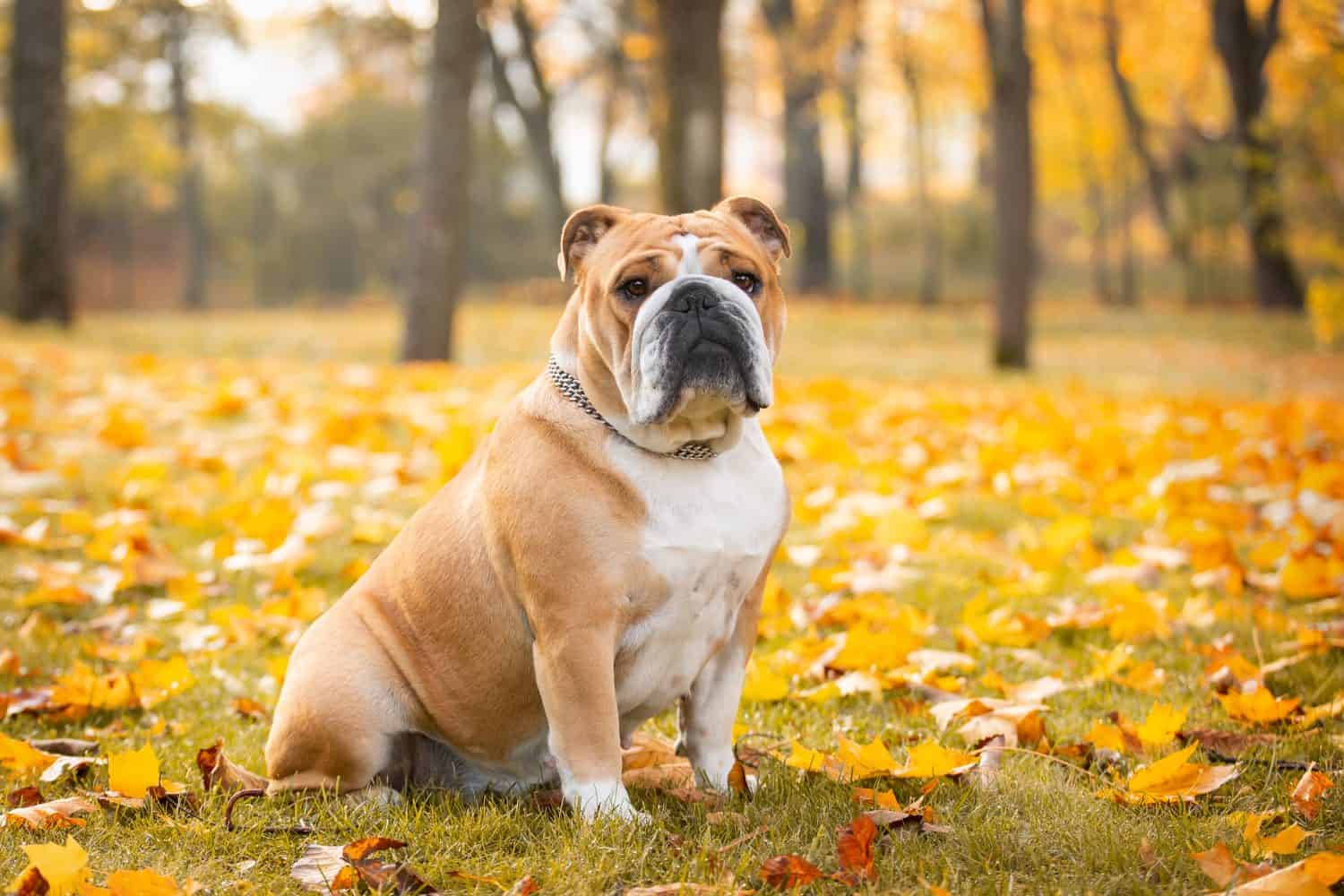
Despite their often adorable looks, many of these dogs’ unique traits also make them unhealthy.
©Vera Reva/Shutterstock.com
English Bulldogs are the largest dogs we would place in the “low exercise” category. Their shortened (and deformed) snout prevents them from breathing properly, which limits how much running around they can do. They’re also prone to exercise-induced exhaustion, so taking them anything more than a brisk walk isn’t recommended.
Most of the time, these dogs will be snoozing on the sofa. It’s up to you to get them up and moving a bit each day. Otherwise, they can become obese and even less healthy than they already are.
9. Lhasa Apso
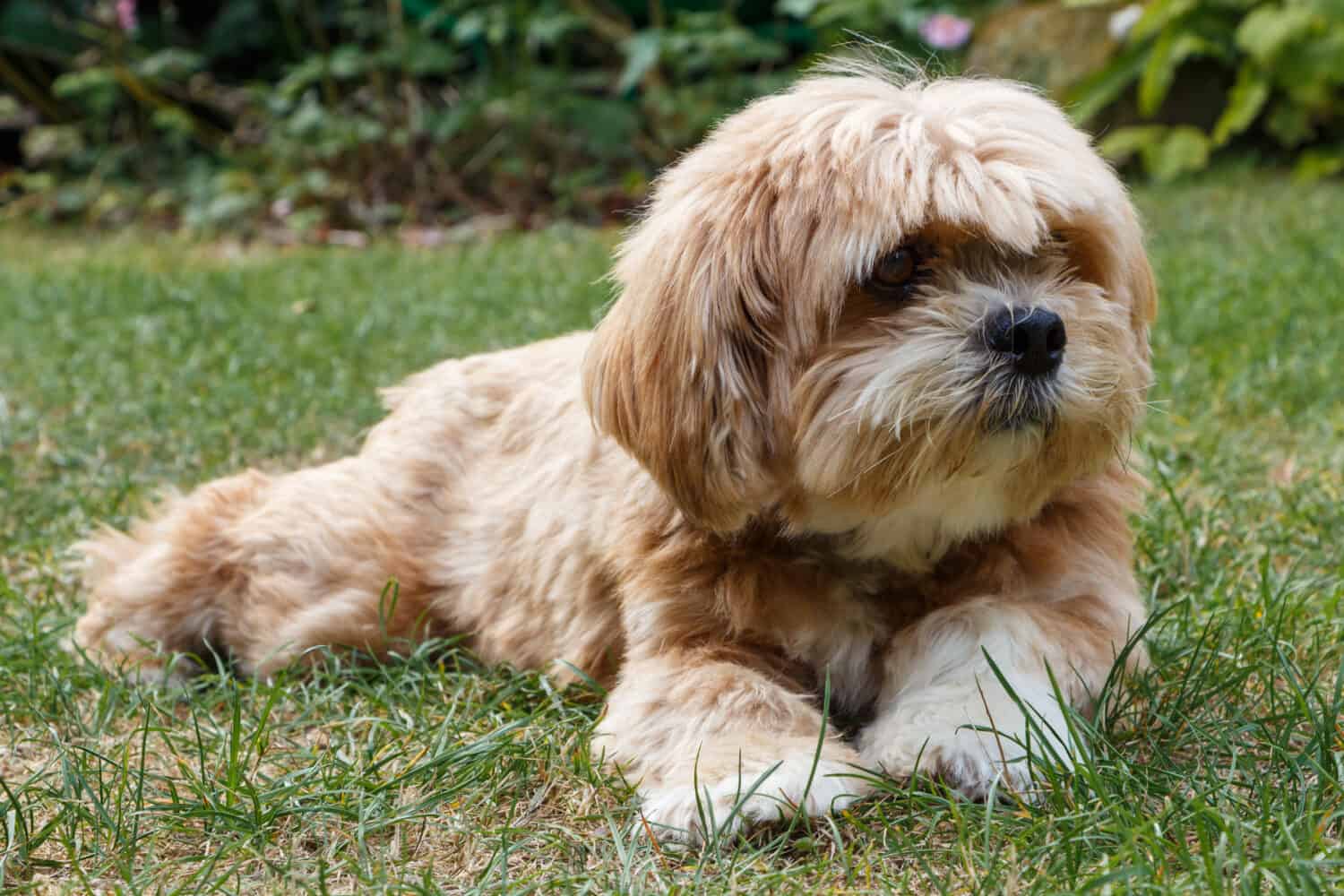
Despite their looks, Lhasa Apsos are some of the hardiest dogs around.
©aurelie le moigne/Shutterstock.com
Lhasa Apsos are not your average toy breed. They’re very tough and determined – not squishy and cuddly like most small breeds. They’re naturally well-behaved indoors due to their dignified nature. After they reach adulthood, they don’t romp around like other breeds.
These dogs are cautious with strangers. Lhasa Apsos can be very good watchdogs for this reason, but they don’t tend to be as yappy as other dogs.
That said, Lhasa Apsos can be a bit self-important and are more prone to biting than other smaller breeds. Socialization is essential.
10. Havanese
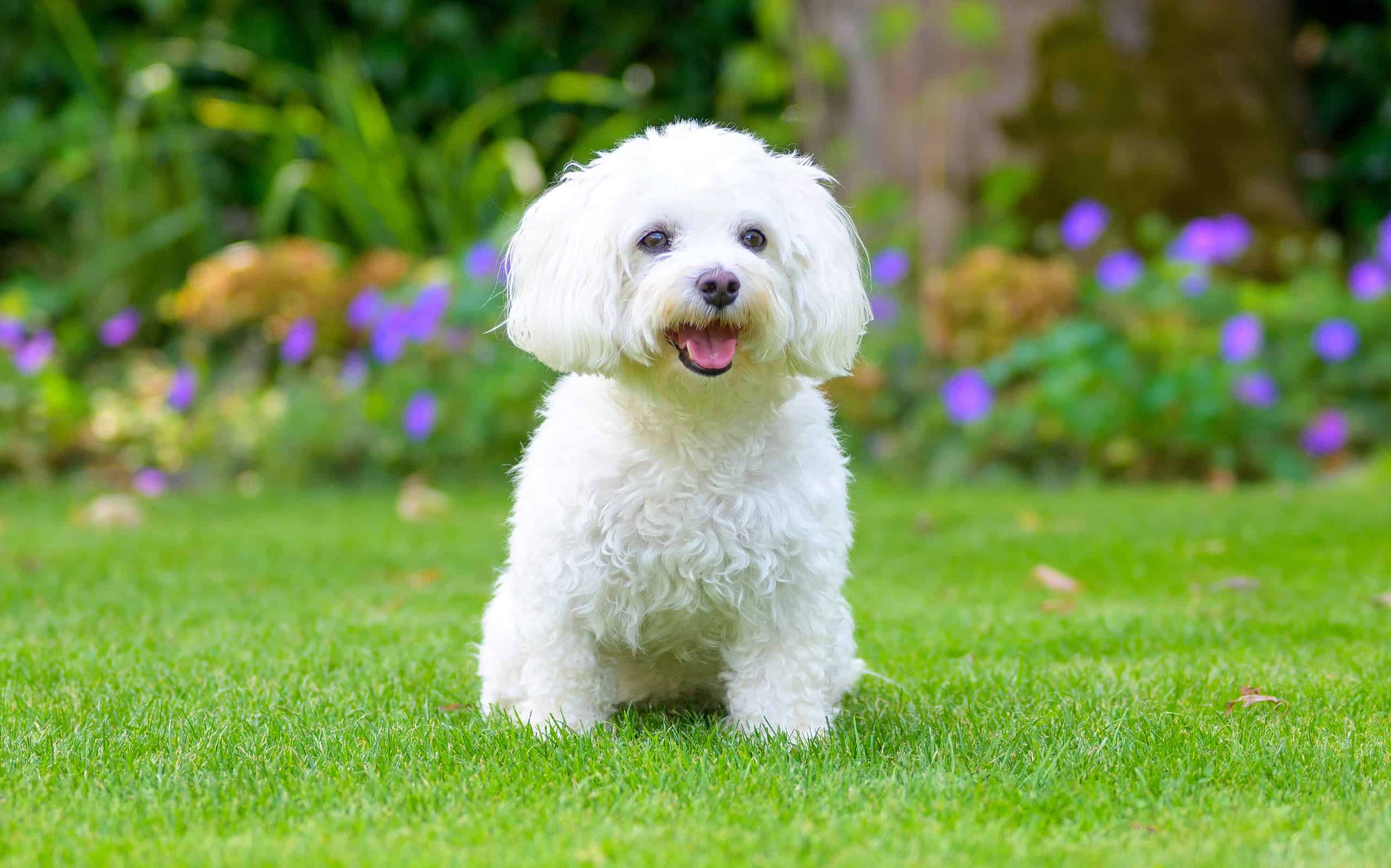
Havanese
are bright and happy dogs, making a good addition to many families.
©mheim3011/iStock via Getty Images
If you’re looking for a 24/7 companion dog, Havanese may be what you’re looking for. These dogs are one of the happiest breeds around when provided with a companion. If you work for much of the day, this breed isn’t a good option.
They don’t need tons of exercise, and their smaller stature allows them to thrive in smaller spaces. They can be a bit independent, though, making training a challenge. Luckily, they’re very food-driven, so training with treats is a breeze. Some even hold their own in obedience competitions.
11. Tibetan Spaniel

While not as popular as other breeds, this unique toy dog is very good-natured.
©Flickr - License
Tibetan Spaniels are a very different sort of dog. They’re very independent and agile, which leads to many describing them as cat-like. They aren’t as needy as other toy dogs, which makes them better for families that spend much of the day at work or school.
That said, this dog does need some exercise, though a short walk a day is often plenty. They’re also very family-oriented, so they do like to be included as much as possible.
The photo featured at the top of this post is © Firn/Shutterstock.com
Ready to discover the top 10 cutest dog breeds in the entire world?
How about the fastest dogs, the largest dogs and those that are -- quite frankly -- just the kindest dogs on the planet? Each day, AZ Animals sends out lists just like this to our thousands of email subscribers. And the best part? It's FREE. Join today by entering your email below.
Thank you for reading! Have some feedback for us? Contact the AZ Animals editorial team.






